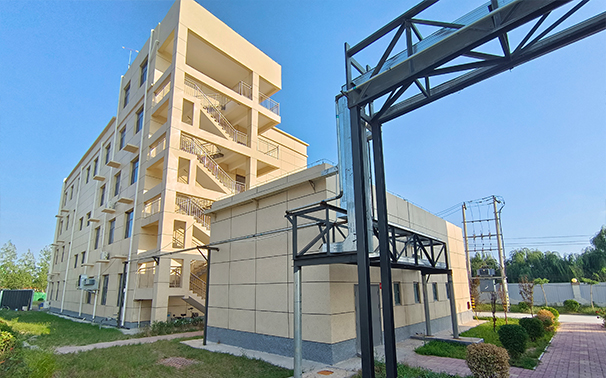flocculants used in water treatment
Flocculants Used in Water Treatment An Overview
Water is an essential resource for life, and its availability in clean form significantly impacts public health and the environment. As the global population continues to grow, the demand for clean water rises, necessitating effective water treatment methods. One of the crucial elements used in water treatment is flocculants. These chemical agents play a vital role in the clarification process by promoting the aggregation of small particles into larger clusters, or 'flocs,' which can then be removed more easily from water.
Understanding Flocculation
Flocculation is a physical and chemical process used in the water treatment industry to remove suspended solids and turbidity. When water is contaminated with particles such as silt, clay, and microorganisms, it becomes murky and unsafe for consumption. Flocculants enhance the natural settling process by binding these tiny particles into larger aggregates.
Typically, flocculants are categorized into two main types organic and inorganic. Organic flocculants are often based on natural or synthetic polymers, while inorganic flocculants include metal salts, such as aluminum sulfate and ferric chloride. Each type of flocculant has its unique advantages and applications.
Types of Flocculants
1. Organic Flocculants These are high molecular weight polymers that facilitate the aggregation of suspended particles. Polyacrylamide (PAM) is one of the most widely used organic flocculants. It is effective in both low and high turbidity waters and can be customized for specific water treatment needs. Organic flocculants are particularly advantageous because they can be less toxic and have a lower environmental impact compared to inorganic alternatives.
2. Inorganic Flocculants Common inorganic flocculants, such as aluminum sulfate (alum) and ferric chloride, have been used for decades due to their efficiency and cost-effectiveness. They work by destabilizing the colloidal particles in water, allowing them to aggregate and settle out. However, the use of inorganic flocculants can sometimes lead to residual metals in the treated water, which may raise concerns regarding safety and regulatory compliance.
flocculants used in water treatment

The Flocculation Process
The flocculation process generally involves several stages. Initially, coagulants—substances that destabilize suspended particles—are added to the water. The coagulants neutralize the charge on the particles, allowing them to come closer together. After coagulation, flocculants are introduced to promote the formation of larger flocs. This mixture is then subjected to gentle mixing to encourage the flocs to bond without breaking apart.
Following the flocculation phase, sedimentation occurs, where gravity pulls the larger aggregates down to the bottom of the treatment tank. The clarified water can then be drawn off from the top, while the settled sludge can be further processed or disposed of. In some cases, additional filtration or disinfection may be employed to ensure that the treated water meets health and safety standards.
Benefits of Flocculants in Water Treatment
The use of flocculants in water treatment offers numerous benefits. Firstly, they significantly improve the efficiency of the water treatment process by reducing the time required for settling. This leads to lower operational costs and greater throughput in treatment facilities. Secondly, flocculants enhance the quality of treated water by effectively removing a wide range of contaminants, including organic matter, colloidal particles, and pathogens.
Moreover, advancements in flocculant technology have led to the development of more environmentally friendly options, helping to mitigate the ecological impact of water treatment processes. These innovations continue to support the sustainability of water resources in an age of increasing demand and pollution.
Conclusion
Flocculants are an indispensable component of modern water treatment strategies. By facilitating the removal of suspended particles, they play a crucial role in ensuring that water is safe for human consumption and environmental sustainability. As the demand for clean water continues to grow, the development and optimization of flocculants will remain a key focus area in the water treatment industry, paving the way for innovative solutions to some of the world’s pressing water challenges. Ultimately, utilizing effective flocculants can help safeguard public health and preserve vital water resources for future generations.
-
Water Treatment with Flocculant Water TreatmentNewsJun.12,2025
-
Polymaleic AnhydrideNewsJun.12,2025
-
Polyaspartic AcidNewsJun.12,2025
-
Enhance Industrial Processes with IsothiazolinonesNewsJun.12,2025
-
Enhance Industrial Processes with PBTCA SolutionsNewsJun.12,2025
-
Dodecyldimethylbenzylammonium Chloride SolutionsNewsJun.12,2025





